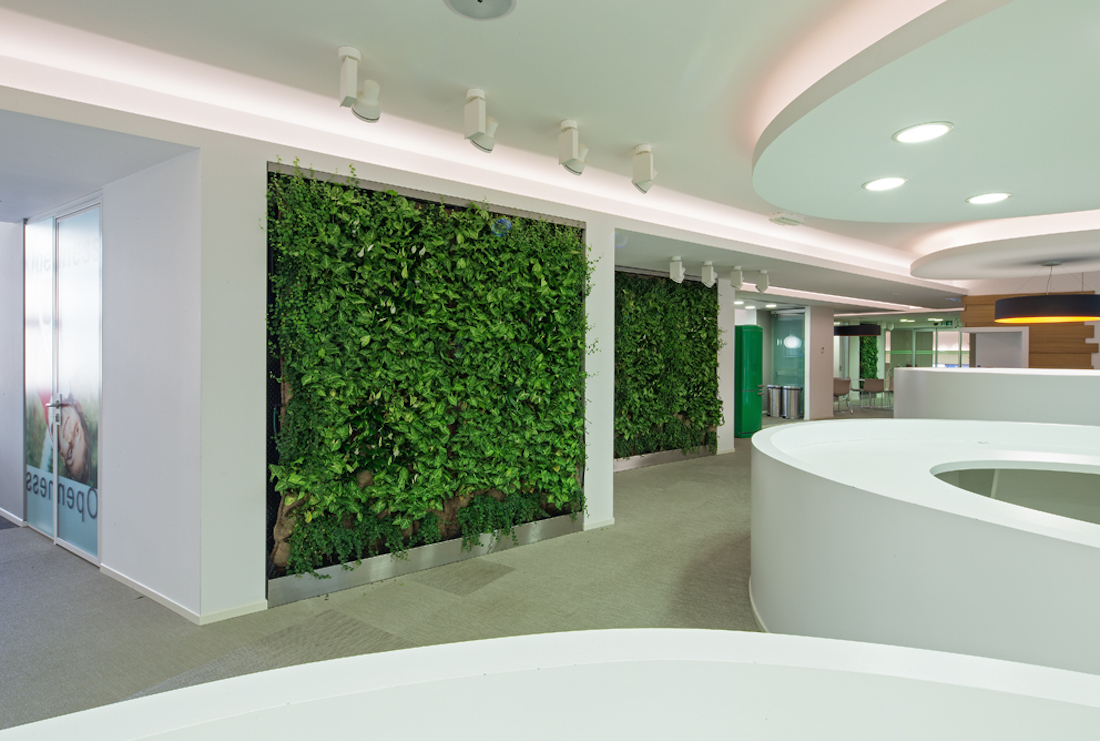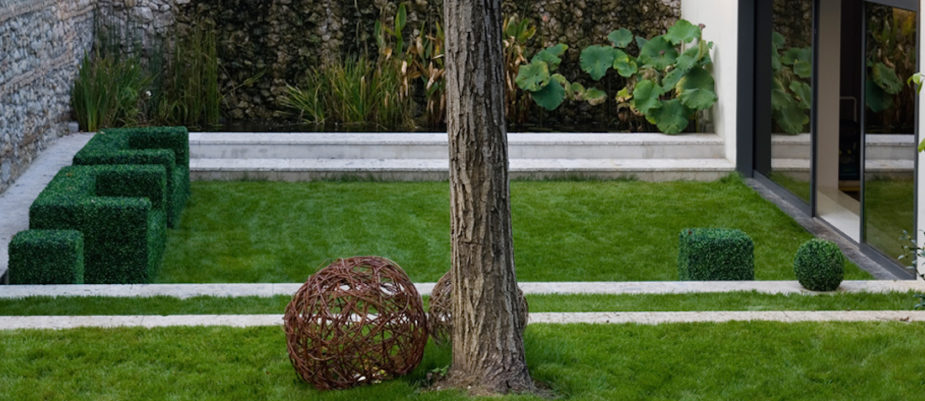
How much biophilic is your working environment? The Italian researchers Rita Berto and Giuseppe Barbiero have developed the Biophilic Quality Index: a quantitative instrument to help architects to design restorative environments capable of fostering the natural cognitive functioning.
Green in the office is further more than a matter of aesthetics. A vertical garden or some plants around the workplace can’t be called a biophilic design. Also, nZE buildings focused on eco-sustainability materials and processes, often fail the most important point: the restorative feeling that nature gives to humans that we must recreate in an artificial environment. That’s what biophilia really means.
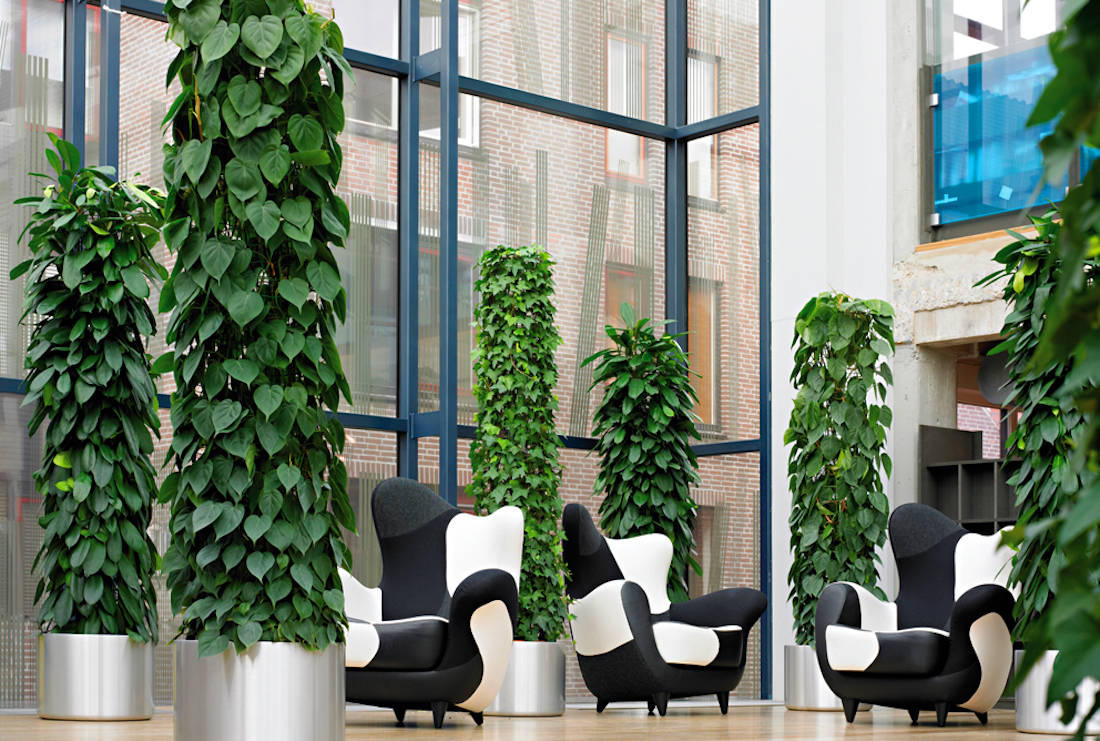
Several studies in environmental psychology and ecology have shown the need to move from green design to restorative design.
Hence, a sustainable cognitive design must reduce the distance between contemporary humans and nature, to allow people to relax and live an experience of freedom and beauty.
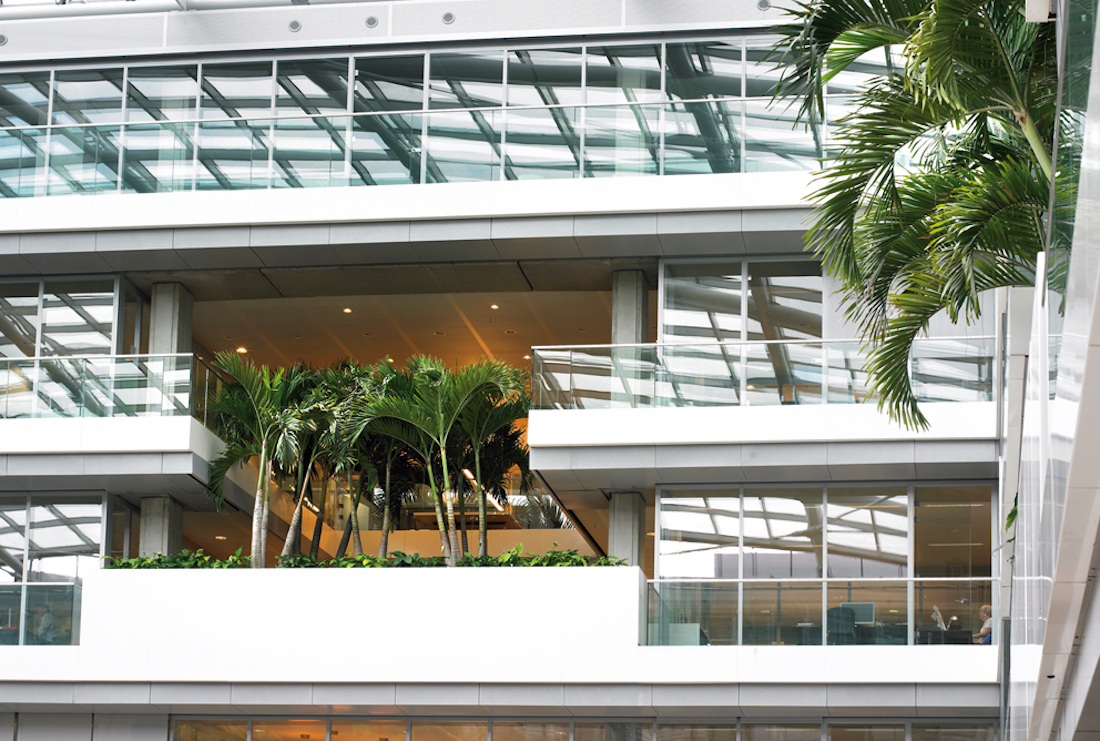
In order to do so, an artificial environment must meet several requirements:
- Legibility: the easiness to grasp information from the surrounding environment.
- Mystery: the preference for settings that promise new information, which is intriguing and encourage exploration.
- Refuge: a sense of safety
- Several particular patterns that natural settings carry, such as the curvilinear forms and edges, the continuous gradations of shape, and colour, the blending of textures, the lunar and seasonal cycles.
- The sense of here-ness (the experience of relaxation, fascination and
interaction with the environment) and there-ness (to allow people to make strong connections between the place, their personal lives and the larger world).
Starting from these findings, Rita Berto (University of Valle d’Aosta’s Laboratory of Affective Ecology), and Giuseppe Barbiero (University of Valle d’Aosta and Interdisciplinary Research Institute on Sustainability, University of Turin) has developed the Biophilic Quality Index (BQI).
The BQI is a quantitative index that allows architects and designers to assess environmental stimulation, coherence, complexity, affordances, opportunities for visual contact with Nature and the presence of biomorphic patterns.
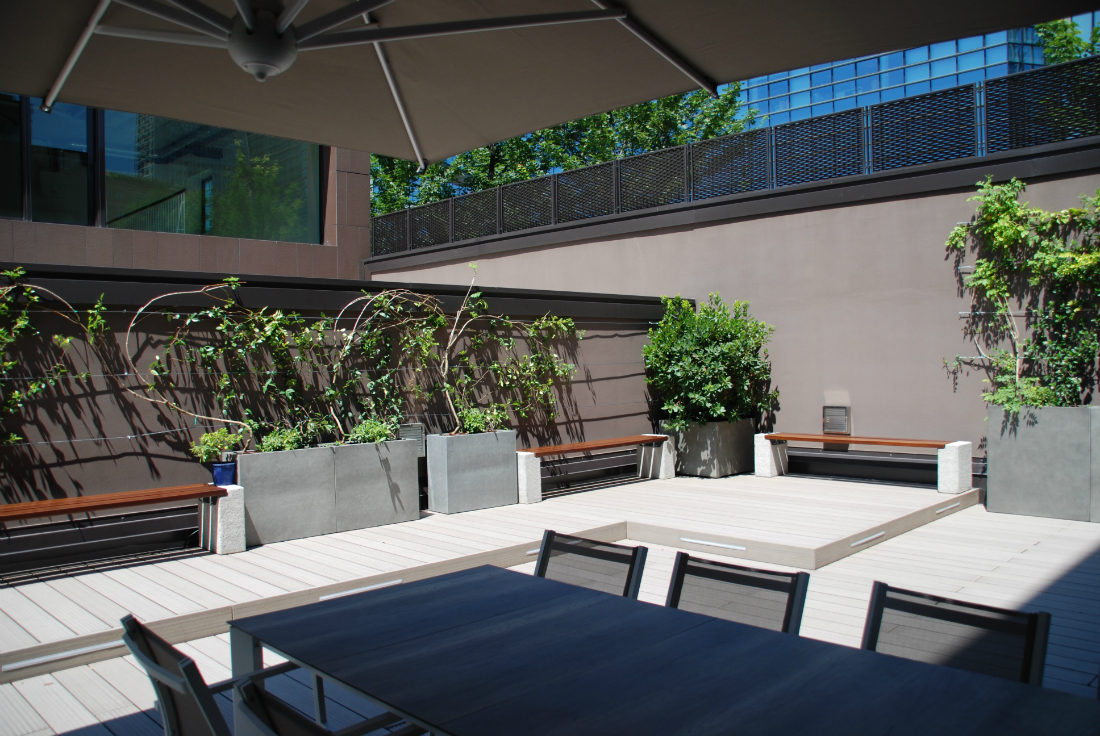
5 different sections of Biophilic Quality Index.
Therefore, it aims to make already existing qualitative instruments, such as WELL and LBC more complete.
The BQI is composed of 5 different sections each containing a list of environmental features that a building needs to have to be considered “biophilic”.
Here the five sections:
- Section 1: The network: the building in the context (6 sub-sections)
- Section 2: The individual spaces within the building (8 sub-sections)
- Section 3A: Opportunities for visual contact with Nature (3 sub-sections)
- Section 3B: Presence of a garden, backyard, terrace or patio is present (3 sub-sections)
- Section 4: Non-visual contact with Nature (1 sub-section)
- Section 5: Sustainability (2 sub-sections)
You can find the complete technical paper here.
Text by Gabriele.
Picture by HW Style.
